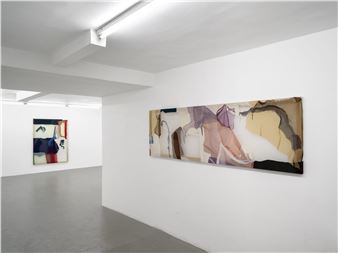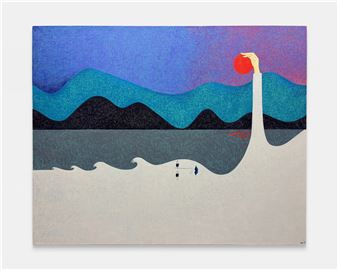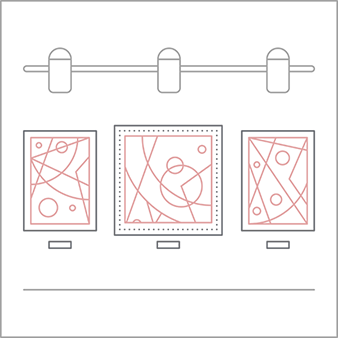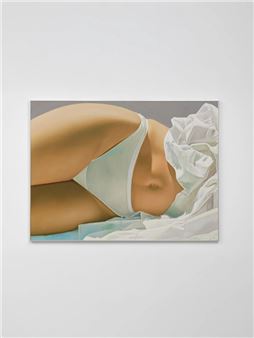Larissa Lockshin: Widow's Walk
The Widow’s Walk, a peculiar architectural feature based on the Italianate-style cupola, is typically seen on coastal homes. A terrace on the roof of the home, surrounded by ornate railings, was incorporated into the architecture as it became common for the wives of mariners to use them as look-out points. From the Widow’s Walk, she could gaze out onto the ocean and await the ship’s return, often indefinitely, in vain.
This forlorn tale has been disputed by some historians who claim the purpose of the Widow’s Walk was to provide chimney access. Families would keep bags of sand on the deck which surrounded the chimney, and in case of fire use them to extinguish the blaze before the house could burn down.
The Widow’s Walk harkens to Rapunzel in her tower. Frozen with anticipation, whomever occupies the Widow’s Walk uses waiting as a tool of denial of loss and the conditions of permanence. The mere possibility of returning to the happiness of the past is enough to keep them prisoner, with no way down but access by trap door, squinting at the horizon, trying to manifest a vision that might never occur. The trap of the mirage is that it’s so inviting.
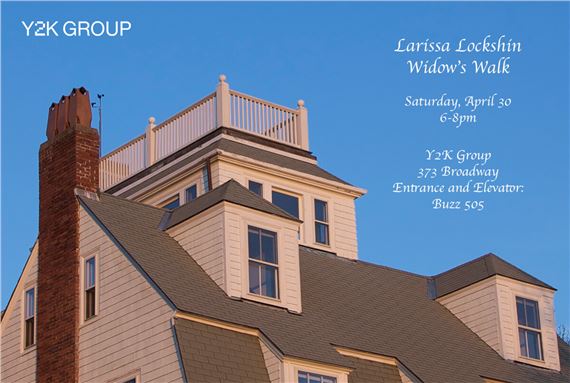
Recommended for you
The Widow’s Walk, a peculiar architectural feature based on the Italianate-style cupola, is typically seen on coastal homes. A terrace on the roof of the home, surrounded by ornate railings, was incorporated into the architecture as it became common for the wives of mariners to use them as look-out points. From the Widow’s Walk, she could gaze out onto the ocean and await the ship’s return, often indefinitely, in vain.
This forlorn tale has been disputed by some historians who claim the purpose of the Widow’s Walk was to provide chimney access. Families would keep bags of sand on the deck which surrounded the chimney, and in case of fire use them to extinguish the blaze before the house could burn down.
The Widow’s Walk harkens to Rapunzel in her tower. Frozen with anticipation, whomever occupies the Widow’s Walk uses waiting as a tool of denial of loss and the conditions of permanence. The mere possibility of returning to the happiness of the past is enough to keep them prisoner, with no way down but access by trap door, squinting at the horizon, trying to manifest a vision that might never occur. The trap of the mirage is that it’s so inviting.
Artists on show
Contact details


 ARTISTS
ARTISTS







